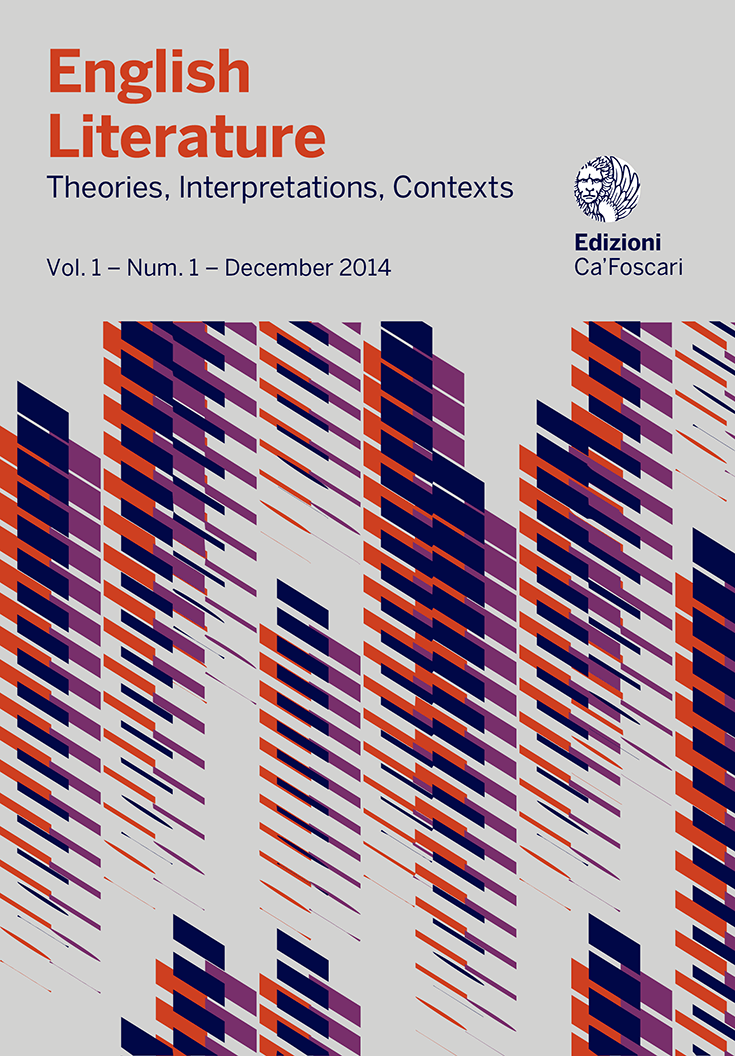
- search 205 views
- file_download 10 download
- keyboard_capslock metadata
-
mark_email_readIscriviti alla newsletter
«For thou must now know farther»
Representation, Illusion and Unstable Perspectives in The Tempest
abstract
Scholars in the last few decades have pointed out the manifold relations of Shakespeare’s The Tempest with the increasingly sceptical frame of mind of early modern English culture. As Robert Peirce argued in 1985, different forms of sceptical thought may be identified in the play. Along with the philosophical background which saw the revival of Pyrrhonism and of Sextus Empiricus’ thought, the article examines The Tempest in the light of recent investigations of early modern visual culture, a period in which the reliability of human vision was deeply undermined by the new discoveries in the fields of medicine, science, technology and art theory, as well as by the controversial debates on the illusions of magic, demonic deceptions and witchcraft. Different forms of ethical and epistemological scepticism in The Tempest are explored, taking into account a variety of structural features which include the weaving of multiple ‘narrative’ voices in the opening act; the condition of the shipwrecked crew «in troops [...] dispersed [...] ’bout the isle» (I, 2, 220), in which each group is ignorant of the truth about the others; and the role of Ariel, who reflects all the characters’ conflicting views as a moving mirror. Prospero’s island, whose circular space introduces a sort of ‘unstable perspective’ allowing virtually infinite viewpoints all around it, is examined in the light of the far reaching ideological implications of early modern theories of linear perspective (Panofsky) and of the «unresolvable contradictions that structure the Western discourse on vision, representation and subjectivity» (Massey).
permalink http://doi.org/10.14277/2420-823X/8p



